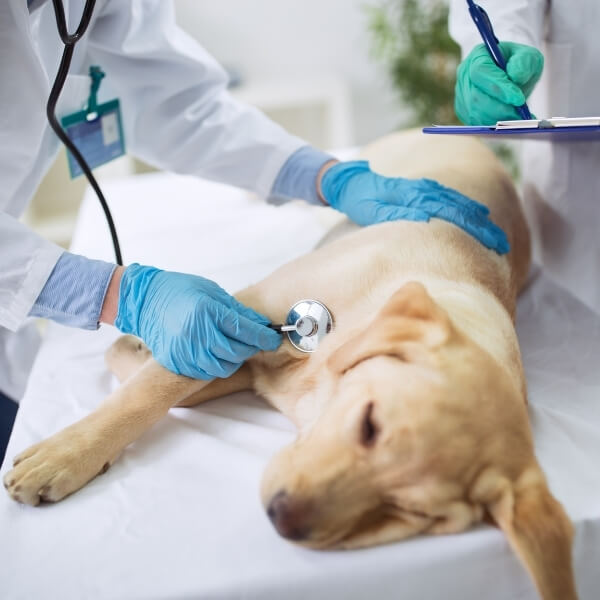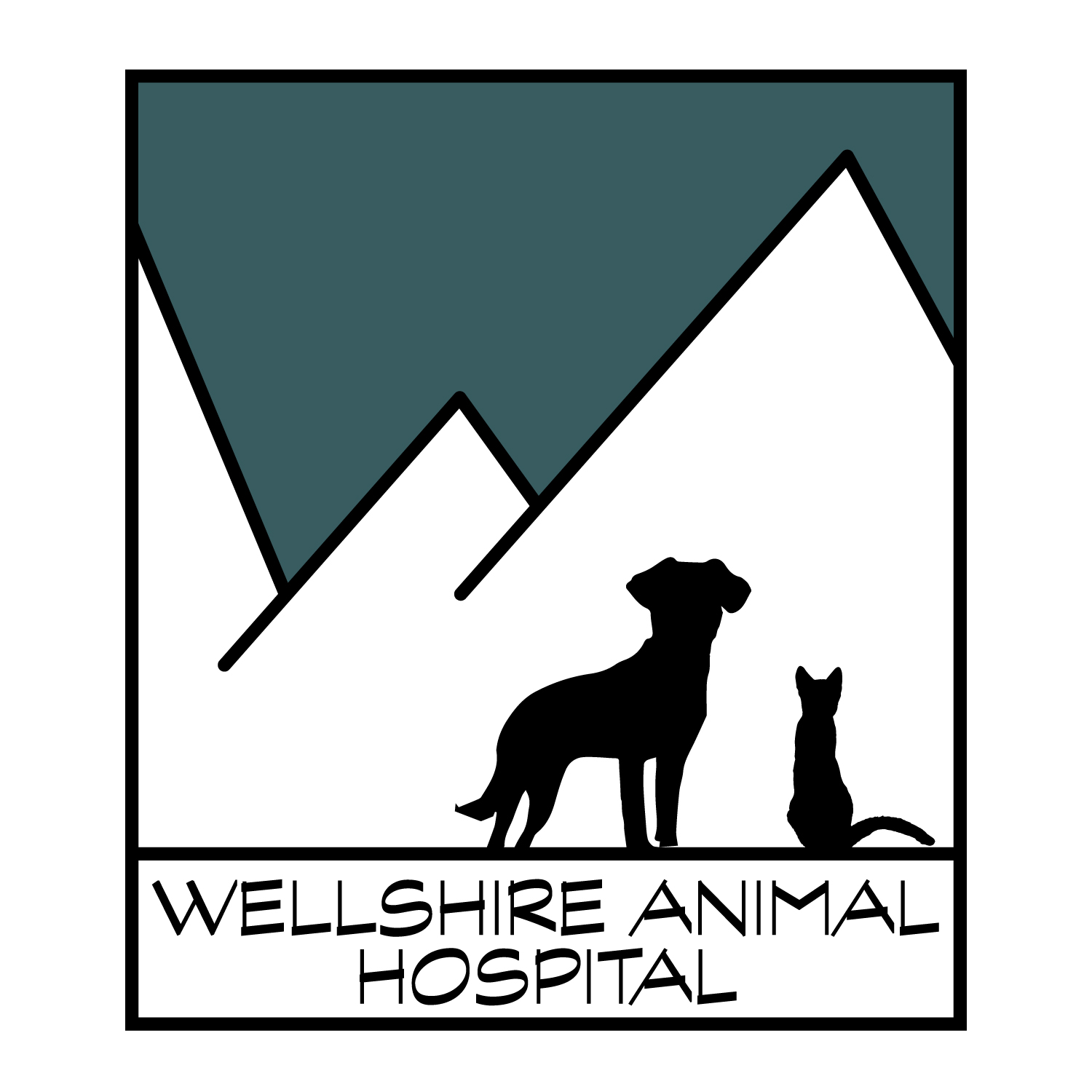Veterinary Services
Pet Surgical Services
Our state-of-the-art surgical suite provides for the performance of a wide variety of surgical procedures.
Veterinary Services
Pet Surgical Services in Denver, CO

PET SURGERY
We provide a wide range of surgical services in the areas of soft tissue (spay/neuter, abdominal, mass removals, splenectomies, liver biopsies), laparoscopy, endoscopy, and dental extractions. We also bring in boarded surgeons for orthopedic procedures and more complicated soft tissue surgeries as appropriate.
Anesthesia
All anesthesia patients are given a pre-surgical exam and have pre-anesthetic bloodwork drawn prior to anesthesia. We provide full anesthesia and recovery monitoring using state-of-the-art equipment. An IV catheter is placed to administer fluids, support blood pressure and administer pain medication. In addition, we maintain our patient’s body temperature with specialized warming devices. We believe that all surgical patients experience pain. That is why all our surgical patients are treated before, during, and after their surgery with pain medication.
What is minimally invasive surgery?
Minimally invasive means minimal disruption of soft tissues and organs, minimizing patient discomfort after surgery. This includes laparoscopic abdominal surgery such as spay, liver biopsies, and stomach tacking to prevent bloat. We also use endoscopy where appropriate to remove foreign bodies and to examine and biopsy the upper GI tract. Endoscopy involves the use of a flexible camera within the GI tract, which avoids more painful abdominal incisions.
Why do we perform laparoscopic instead of traditional spays?
A traditional spay involves a 2-3″ incision through the skin and muscle. The ovarian ligaments are torn from their attachment to the abdominal wall. The tearing causes pain and can cause bruising to the abdominal wall.
In contrast, during our laparoscopic procedure, we place two small holes through the skin into the abdomen to allow the insertion of a fiberoptic camera. These holes vary in size from approximately 1/8-1/2″ depending on the size of your pet. The ovaries are identified via camera and removed using specialized equipment without tearing the ovarian ligaments.
The benefits of laparoscopy include: (1) The small incision size minimizes tissue trauma and pain. (2) Tissue is removed without tearing, which also minimizes pain. (3) The ovarian structures are better visualized, minimizing potential complications of the surgery. (4) There is no increase in surgical time compared to traditional procedures. (5) Your pet is back to normal much more quickly.
